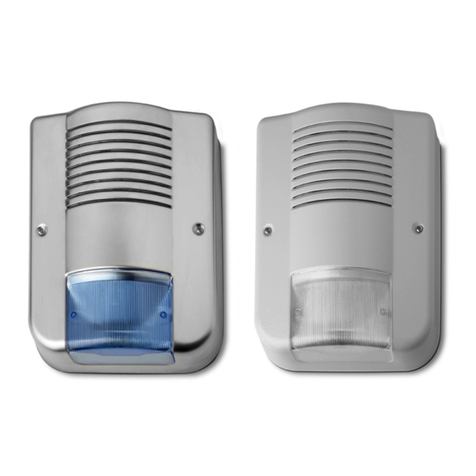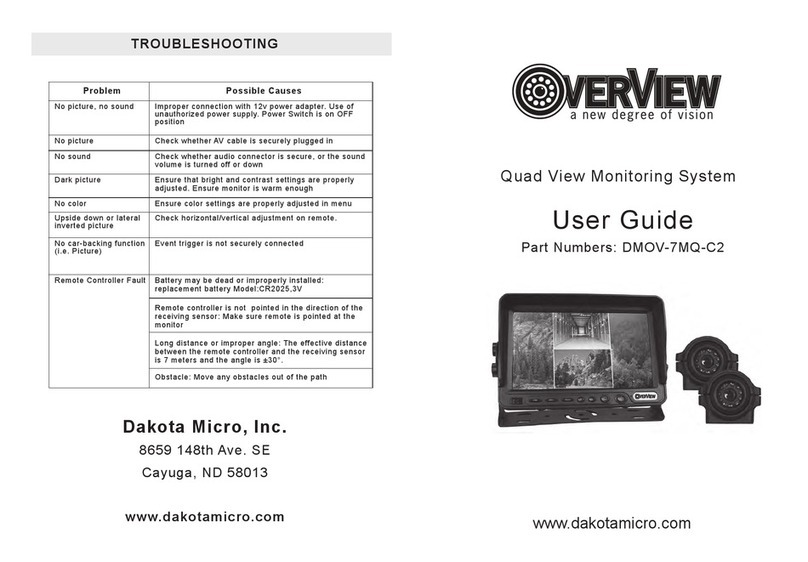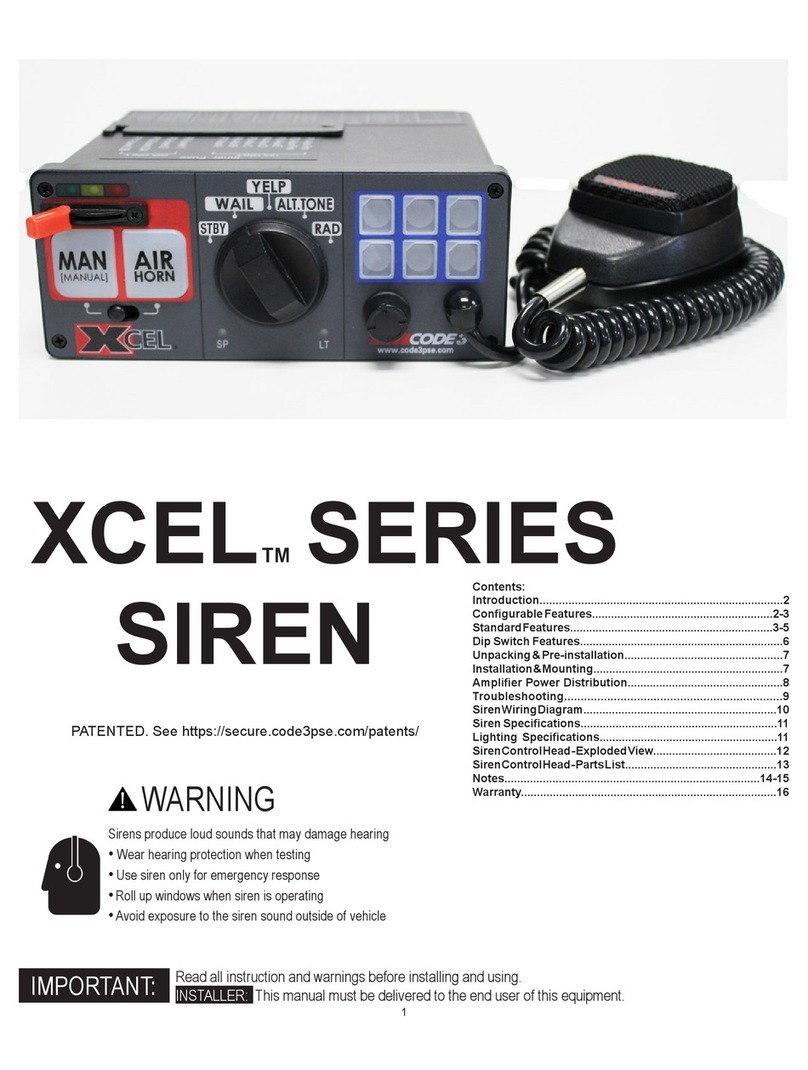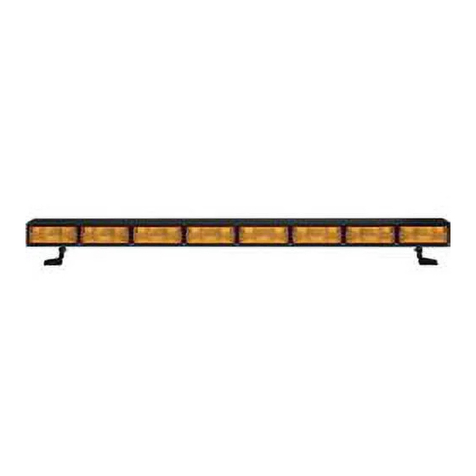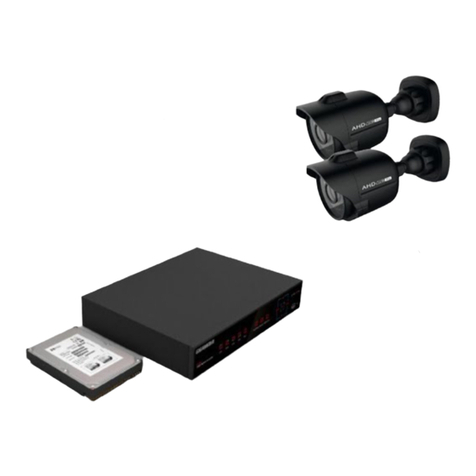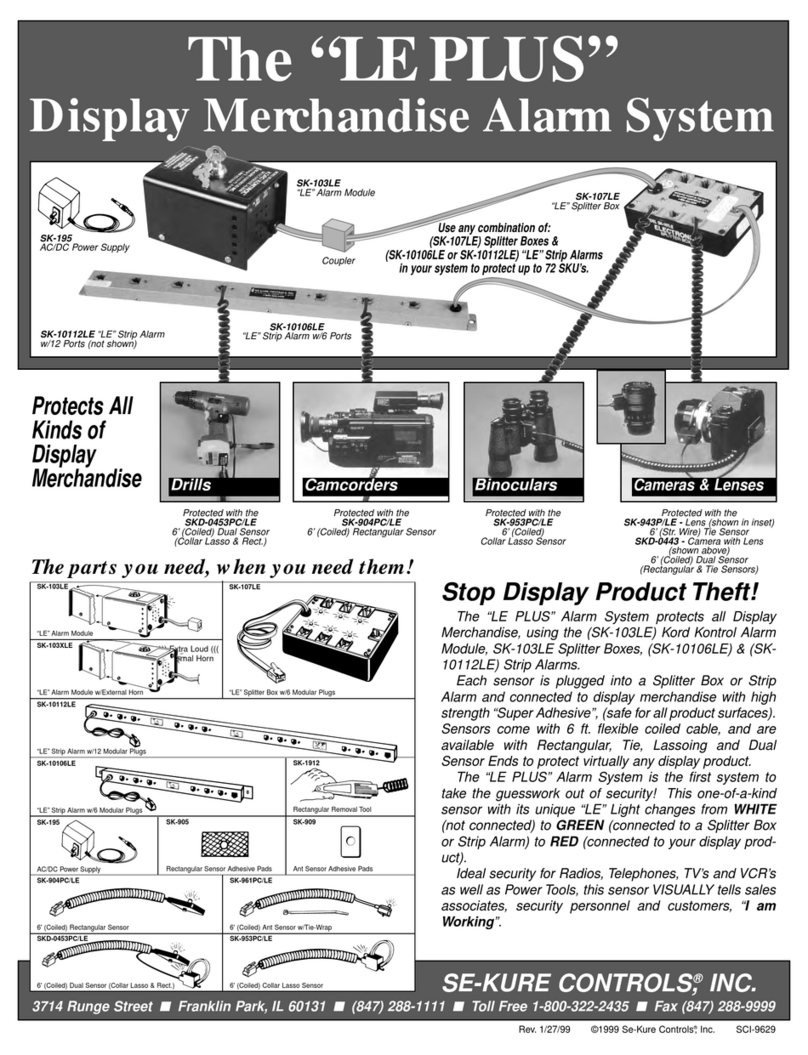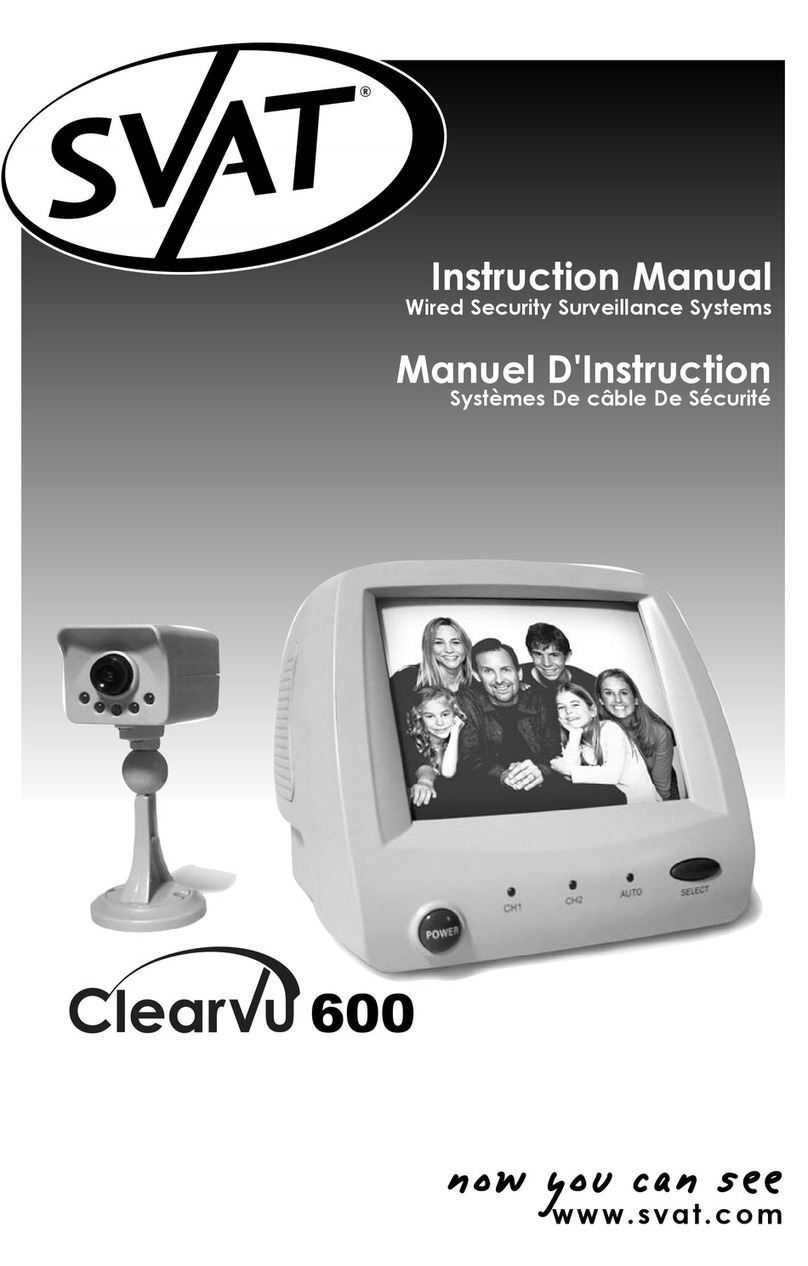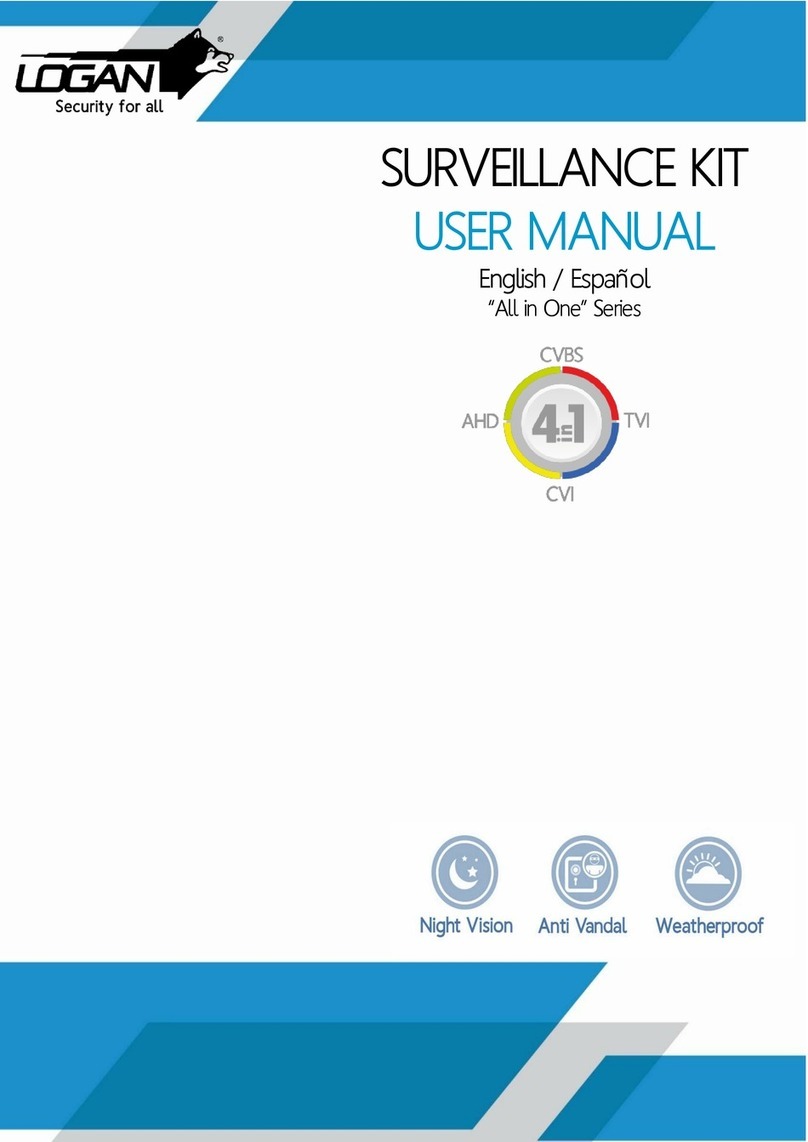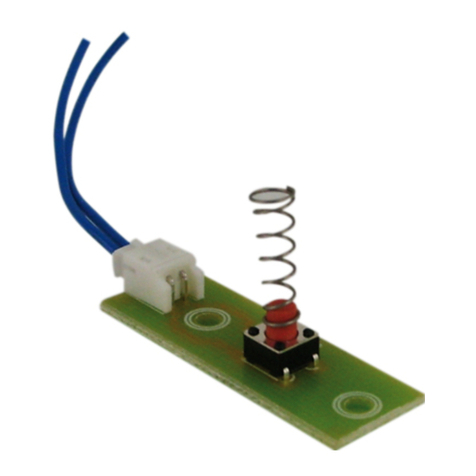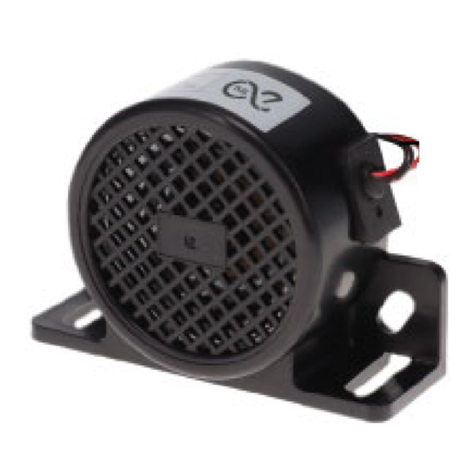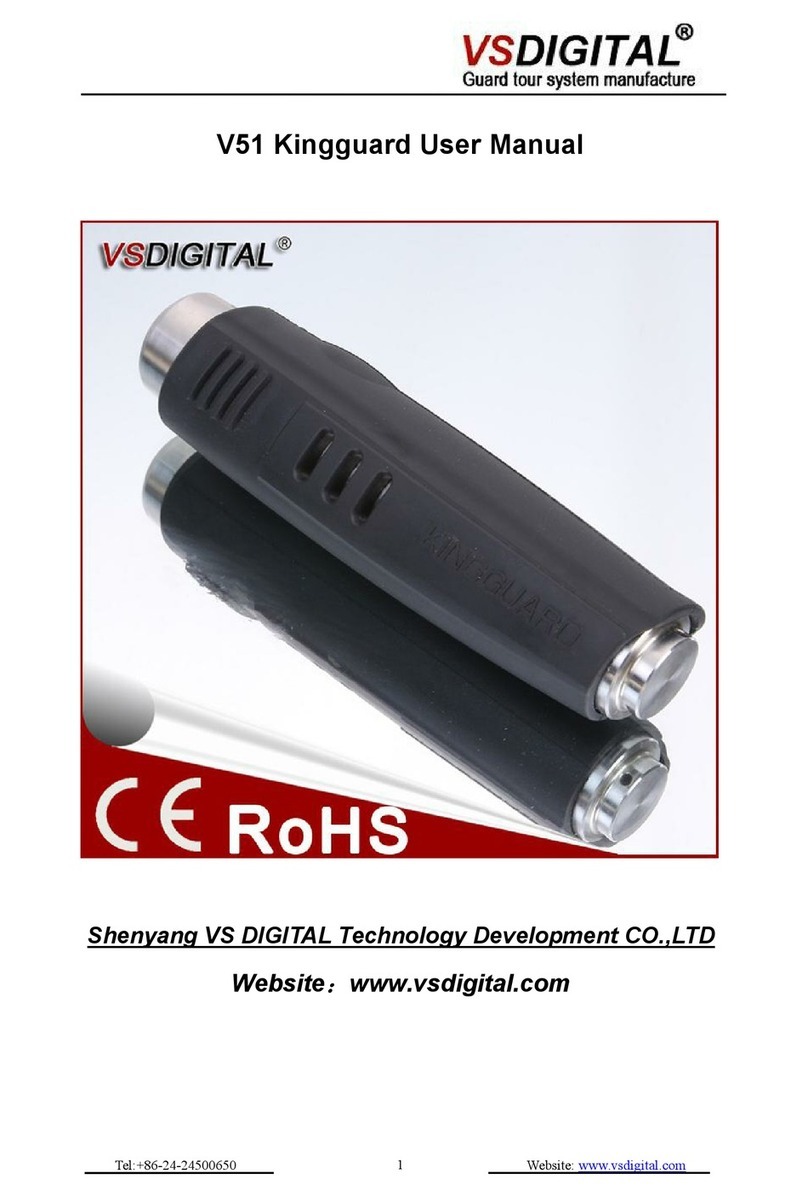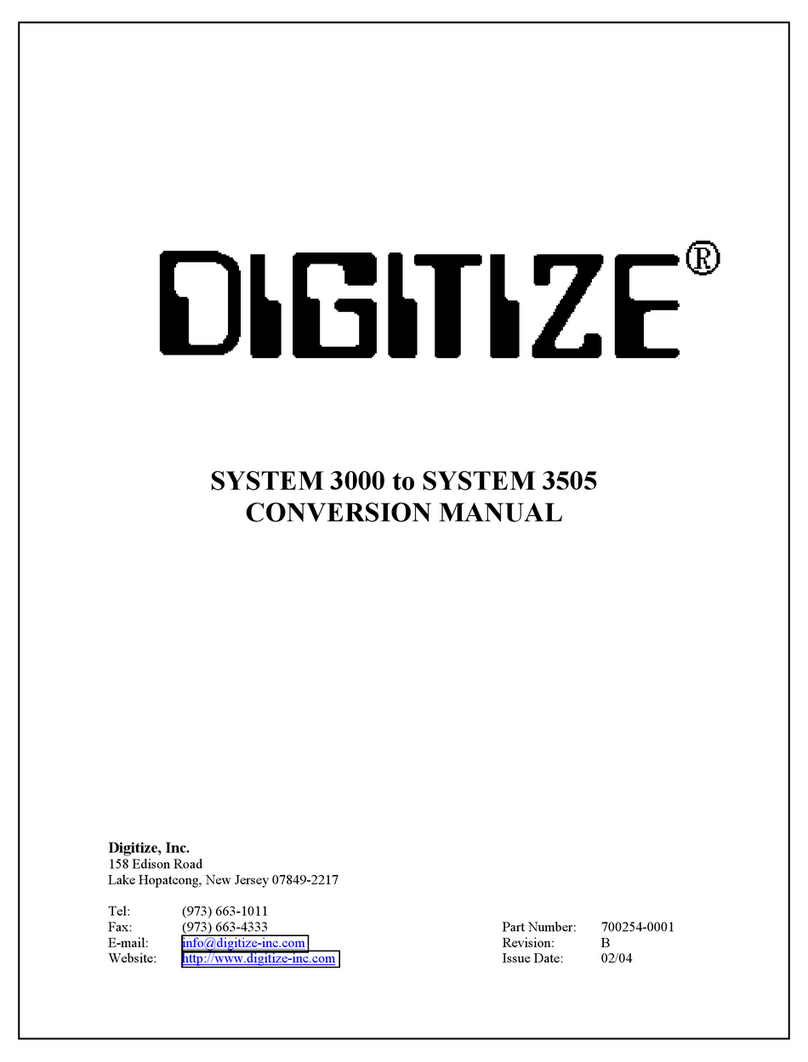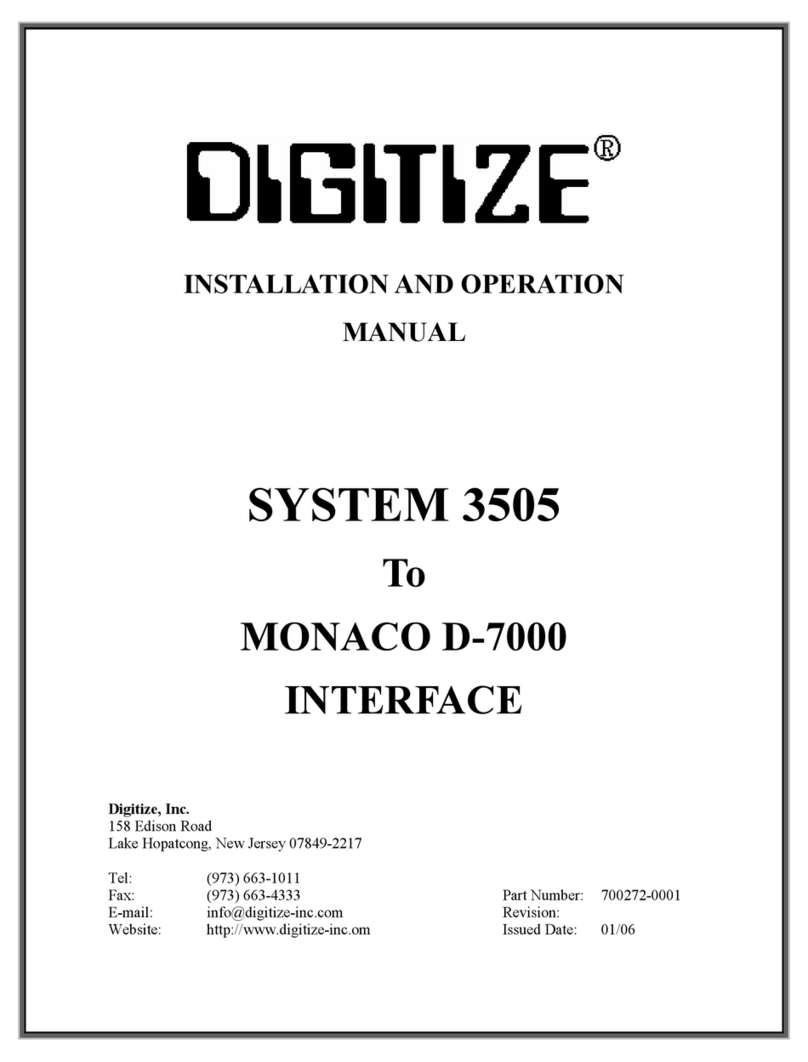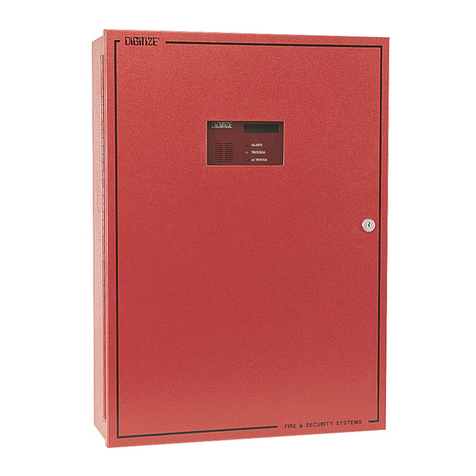
DIGITIZE, INC. 700251 REV B 04/02 5
Specifications Subject to Change Without Notice
b. For boxes separated by a delay, enter a “-“. For example 345- 3. The
transmitter will transmit 345, pause, and then transmit 3.
c. Once the first desired box number is entered, the system will change the
Soft Key selection to include “LOAD BOX”. When you have the desired
box number entered, press the “LOAD BOX” soft key. The “TIME” line
of the display will now indicate “n RNDS BOX xxxxxxxxx”, where
xxxxxxxxx is the desired box number entered and n rounds is the preset
desired number of rounds that the system was set up for.
d. When “LOAD BOX” is pressed, several other soft keys will appear. At
this point you can press either the “XMIT FAST”, “XMIT SLOW”, “ALL
OUT” or “RADIO BEEP”. You can also enter a numeric number if you
want to change the number of rounds from 1 to 9. Entering a “0” for the
number of rounds will send continuous rounds until the STOP key is
pressed.
e. To send an alert tone, press and hold the Radio Beep key for the desired
duration of the radio beep signal.
f. At this point you would want to press one of the Transmit keys.
. To abort the transmission, press the STOP key.
3. In order to properly send SST information from a Slave RAT, the Network data
link must be operational. I.e. the SYSTEM must not have a Network Link down
message for your particular Slave unit. In case your Network link is down (a fault
condition), you can always activate a Box transmission directly from the Master
RAT unit.
4. For Custom Program #0101, pressing the Transmit key at any slave SYSTEM
3505, causes the actual transmission to occur at the master unit.
Acknowledgement
The overall decoding system has been set up to allow Acknowledgement from any
RAT. When you press ACK at any RAT, a signal is routed via the Network data
link to advise all other RAT units that an ACK was pressed. If your system
contains two independent decoding halves i.e. a Right side and a Left side, then
the XACK feature is used to cross the ACK from the originating system to the
opposite system.
Acknowledgment of a Box number is required whenever three or more rounds are
decoded, where the next to last round and the round prior to that have decoded the
identical box number. No ACK is required under the same condition if the circuit
is in a test mode or is a mutual aid circuit.
The CLR indication will indicate ACK in reverse video whenever the top box decode
line need for the operator to ACK the box. After pressing ACK at the local RAT,
or receiving an ACK from another RAT, the reverse video ACK will change to a
CLR indication.












